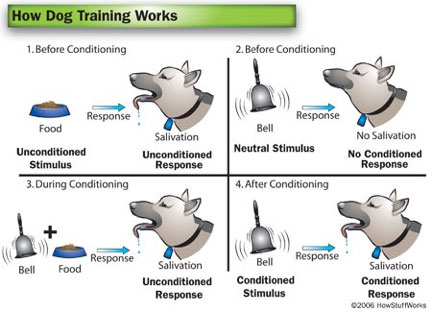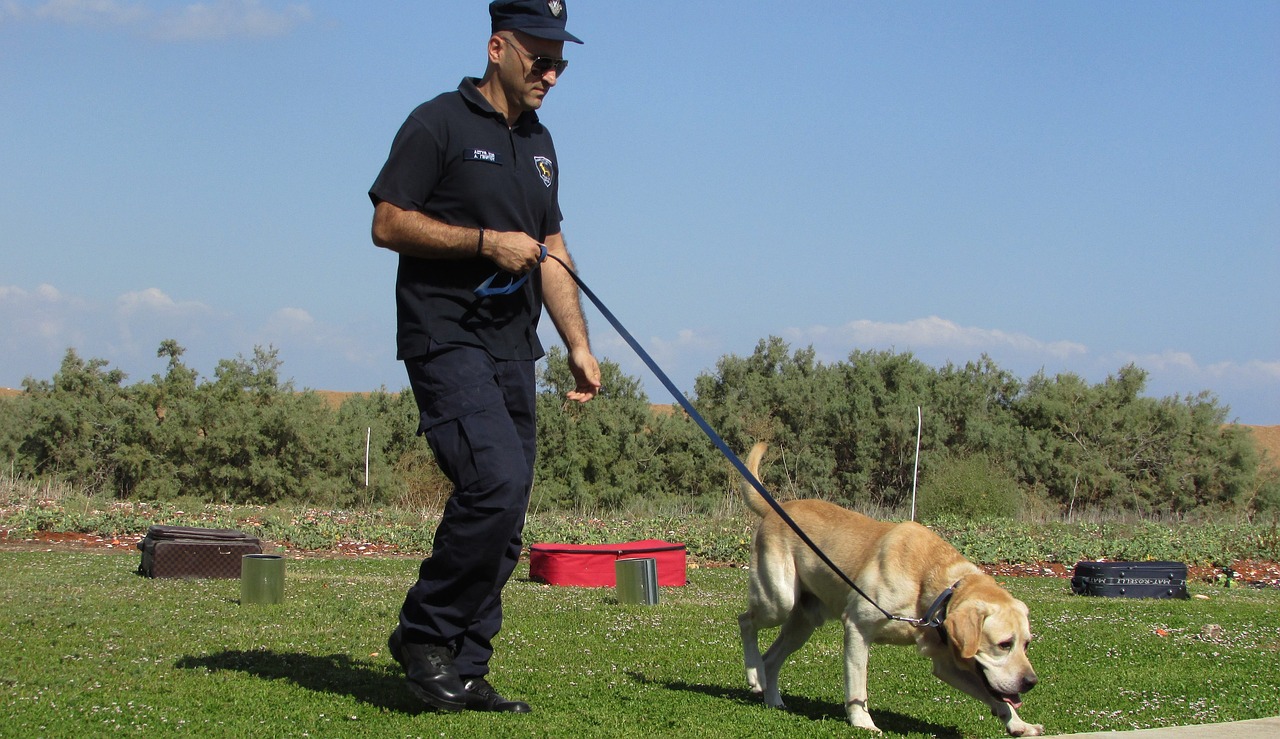9 Easy Facts About Spring Canine Shown
Table of ContentsRumored Buzz on Spring Canine10 Simple Techniques For Spring CanineUnknown Facts About Spring CanineThe Definitive Guide for Spring CanineSee This Report about Spring CanineSpring Canine for Dummies
In science-based training, comprehensive understanding of canines, their nature, practices, classic conditioning, punishers, reinforcers, whatever pertaining to it enters into account. Science-based canine training is continuously being improved from the results of examinations by pet behaviourists to attempt to genuinely recognize canines. Science-based pet training or it can be thought about as modern-day techniques as well.The canines find out by the results of their behaviour, whatever those consequences may be. In this approach, all trainers follow the legislation of science. The difference in between the conventional and modern-day is that the traditional trainers are often not aware of the regulation of the science that underpins the results they are getting.

Something went wrong. Wait a moment and try once again. Attempt again.
Spring Canine Fundamentals Explained
We use cookies on our internet site to provide you the very best experience by remembering your choices and repeat check outs. By clicking "Accept", you consent to using ALL the cookies. Do not sell my individual information.
Many people like their fuzzy friends. Not every moment is satisfying when your canine isn't trained to behave in details means or avoid unwanted actions. There are several techniques passed on from unidentified resources that inform you the very best methods to obtain your pet dog not to do something. What is the ideal approach, and just how do you use these strategies? Learn the most common approaches for how to educate your pet dog, in addition to what strategies not to use.
The second is the reward-based approach. Reward-based techniques utilize benefits just for the habits that you desire your dog to follow. Aversive-based training uses strategies like loud, unpleasant sounds, physical improvements, and extreme scoldings to obtain your pet to act the method you desire.
Get This Report about Spring Canine
Deals with, stubborn belly rubs, or other dog-pleasing actions are made use of to reinforce that a behavior was great. Different professionals choose one technique over the various other. https://hearthis.at/springcanine/set/spring-canine/. The one that you utilize is entirely approximately you. Some individuals believe that a rewards-based method establishes an "event sequence" for your pet dog where they link you with satisfied sensations when they do what they're told.
That worry indicates that your pet dog does what they are told to stay clear of unpleasant feelings. Canines learn a whole lot like youngsters. They are enclose knowledge to human two-year-olds. Immediate consequences are all that they appreciate. As they expand, they begin to comprehend our words. Some go to my blog smart breeds will react to as many as 250! Yet every canine reacts to the tone of our voice greater than the actual words.
Adaptive learning is exactly how well your pet learns from their surroundings and the environment around them to address issues. Functioning and obedience are how well they discover the tasks and commands that you instruct them. To get your pet dog to be obedient, you need to concentrate on training that uses obedience strategies and the details actions you desire from them.
If you're training your pet dog to be a caring pet, you need to take into consideration reward-based obedience training. This approach doesn't establish fear-based reactions in your pet. It really strengthens your loving partnership with them. Canines are clever enough to discover the actions that you want them to have. They are also smart sufficient to learn what they can obtain away with.
Spring Canine Fundamentals Explained

When your pet executes the habits, they need to get their benefit. If you ask them to relax and do not offer them a treat till they stand back up, they come to be perplexed. They will not recognize which habits the incentive was for. When you are making use of reward-based training, your canine requires to understand that there are consequences for behaving in such a way you don't like - Dog breeds.
A canine that likes to jump approximately greet their people when they enter into your house can be hazardous for a toddler or an older adult. To train them not to lift at you, do not greet them or provide interest if they raise.
3 Easy Facts About Spring Canine Shown
Maintain a treat in your hand while you do this. When the dog does not leap, provide the reward, and repeat the task until your pet doesn't jump up when you can be found in. You need to try this with every one of individuals that your pet obtains delighted to see when they come right into your house.
When you're teaching your pet dog something new, keep in mind that they have the interest span and intelligence of a two-year-old. Your training sessions must be brief and to the point.
If you desire to train your pet dog to rest, you will certainly perplex them if you claim "Lie down" one session and after that claim "Fido, exist down or no reward" later in the day. They could not recognize what to do. The American Kennel Club recognizes five basic commands that every dog must understand.
Local animal organizations can also help you with behavior troubles or with principles. The AKC has more than 5,000 clubs around the nation.
The Basic Principles Of Spring Canine
